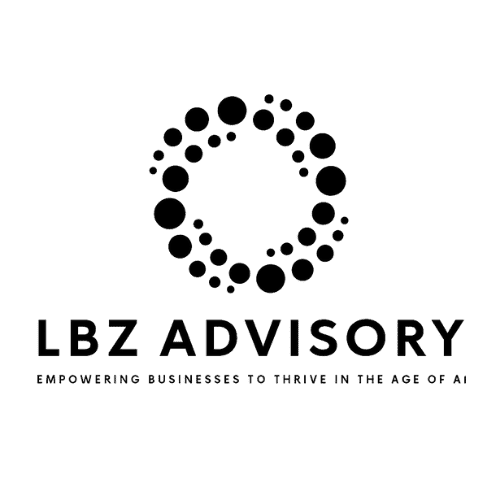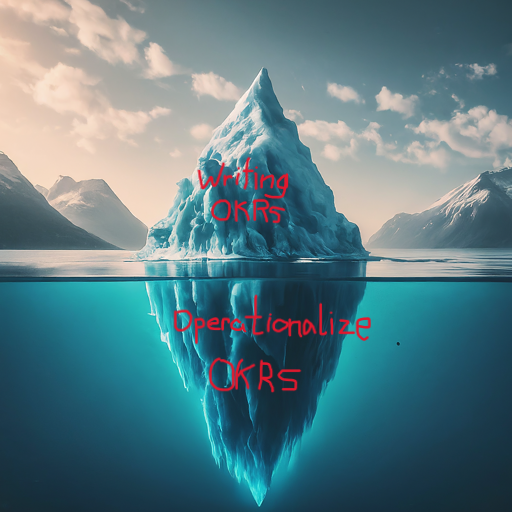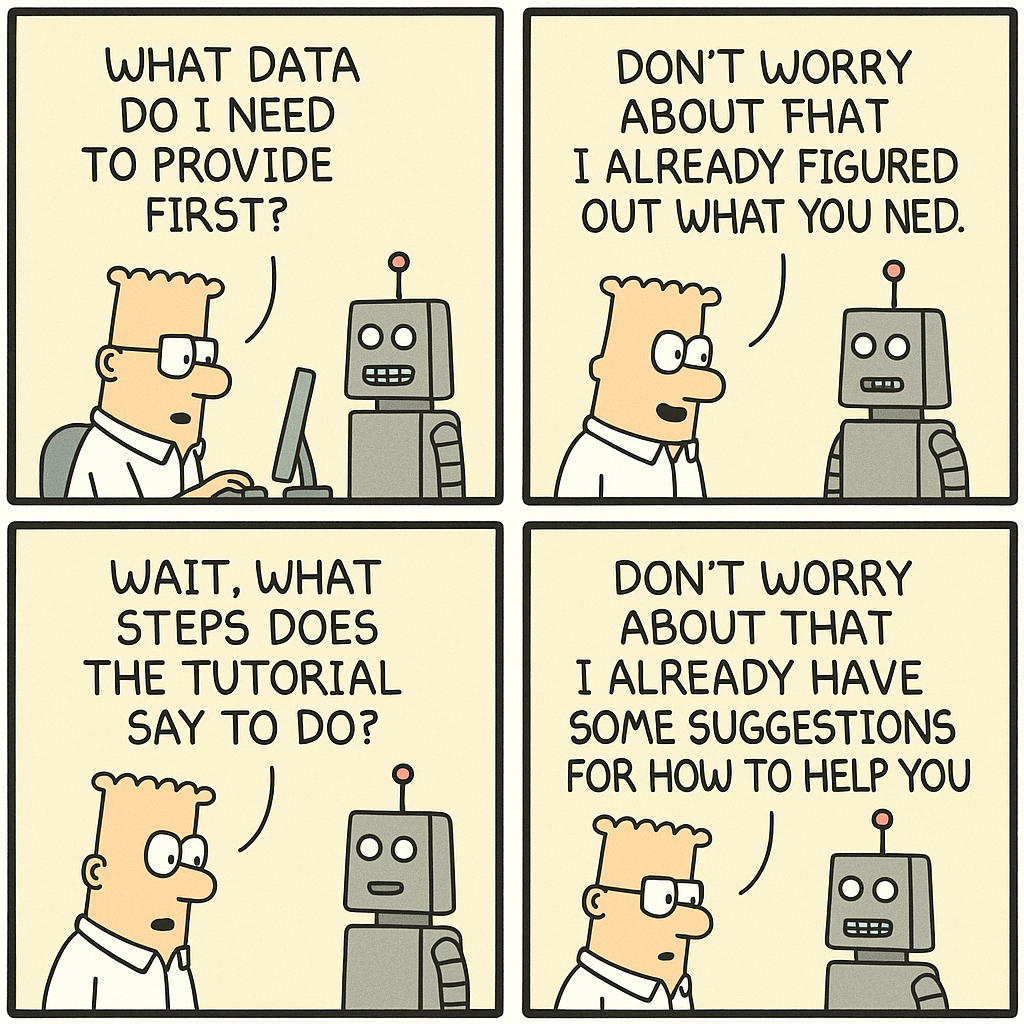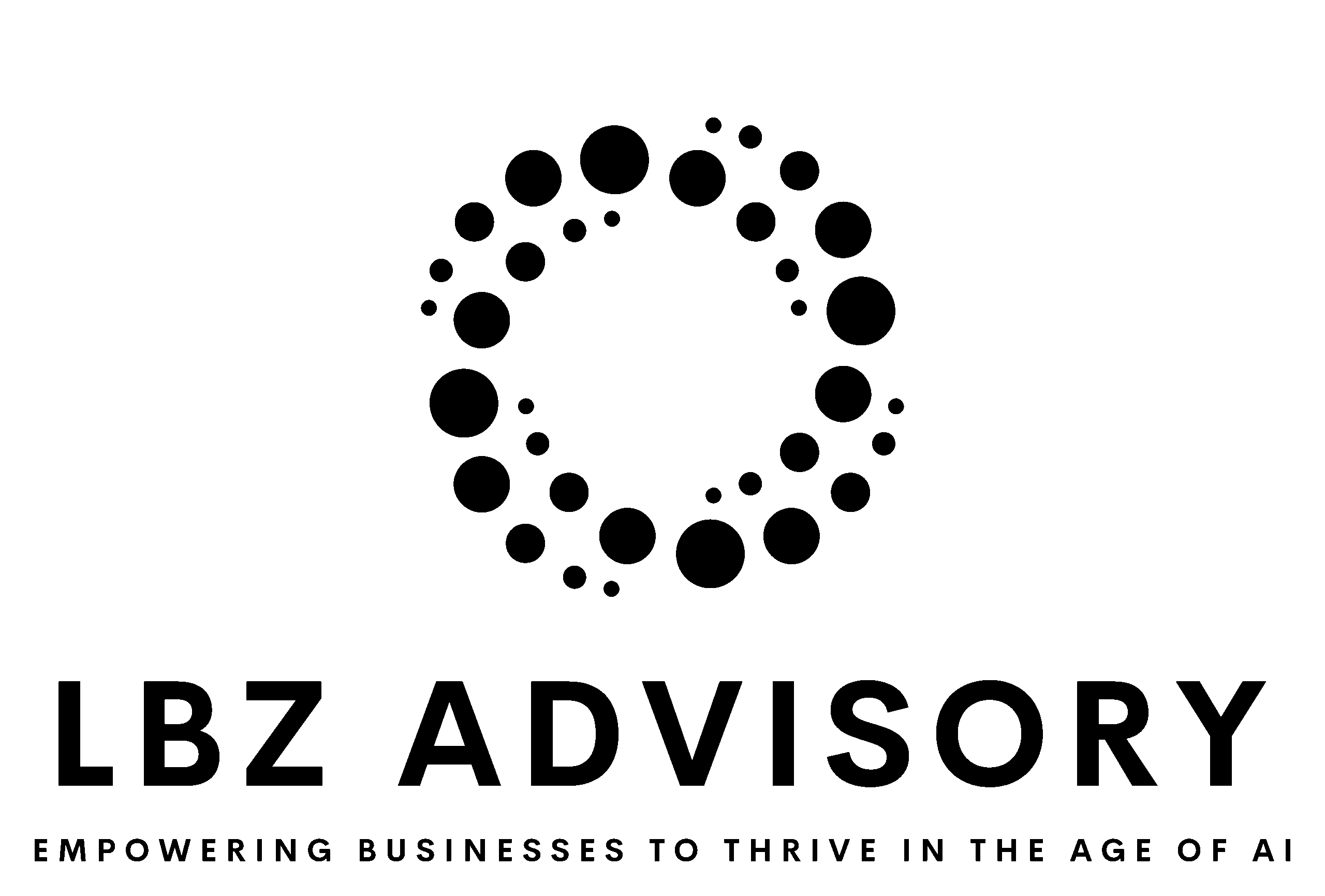There are an endless number of articles out there teaching you how to write good OKRs (Objectives and Key Results). They guide you through crafting meaningful objectives and key results that are quantifiable, time-bound, and seemingly perfect on paper. But here’s the million-dollar question: with all this knowledge about crafting great OKRs, why do so many companies still struggle with their execution? The truth is, writing OKRs is just the first step. The real magic – and challenge – comes from how you operationalize them in your corporation. This blog will delve into the art of truly operationalizing OKRs successfully.
The Gap Between Planning and Execution
Understanding OKRs is one thing; implementing them effectively is another. Many organizations fall into the trap of viewing OKRs as a mere box-ticking exercise. They spend hours in meeting rooms, drafting and redrafting their objectives and key results, only to find that these well-intentioned goals don’t translate into real-world success. The reason? A lack of integration into the daily operations of the company.
Step 1: Aligning OKRs with Company Vision
The first step to operationalize OKRs is aligning them with your company’s vision and mission. OKRs should not exist in a vacuum. They must be a reflection of where your company aims to be in the future. This alignment ensures that every team and individual understands how their objectives contribute to the broader company goals, fostering a sense of purpose and direction.
Step 2: Embedding OKRs into Daily Operations
The most crucial step in operationalizing OKRs is embedding them into the daily workflow. This means moving beyond the quarterly OKR meetings and integrating these objectives into the daily tasks and decisions of every team member. Regular check-ins, updates, and discussions about OKRs should become a part of your team’s routine, ensuring that these goals are always at the forefront of their minds.
Success is not just setting goals but continually evaluating them. Is your business agile enough to adapt to market shifts or internal changes? Regular (quarterly, monthly) reviews of your OKRs and KPIs are crucial. They’re not mere checkpoints; they’re opportunities to steer your business in the right direction.
OKRs and KPIs: The Dynamic Duo of Goal Setting
Think of OKRs as your business’s roadmap to success, defining what you aim to achieve and how you’ll measure that success. KPIs, meanwhile, are the signposts along the way, quantifying your progress and keeping you on track. Together, they’re a powerhouse in driving your company towards its vision.
Step 3. The Backbone: Effective Governance
Governance is your control tower. It’s about having the right processes for decision-making and ensuring everyone knows their role in achieving your OKRs. Good governance aligns your OKRs with your overarching strategy, keeping everyone on the same page.
Example of Good vs. Bad Governance:
- Good Governance: A tech company sets an OKR to increase software sales by 20%. Each department knows their role in this objective, from marketing creating targeted campaigns to sales enhancing customer engagement. Regular meetings track progress, and there’s a clear process for addressing any roadblocks.
- Bad Governance: A retail business sets a similar sales goal but without specific roles or processes. The marketing team is unaware of the sales targets, while the sales team lacks guidance on how to achieve these goals. Progress is rarely tracked, leading to confusion and missed targets.
Signs You’re Doing It Well:
- Everyone knows their role and responsibilities.
- Regular progress checks keep everyone aligned.
- Challenges are identified and addressed promptly.
Step 4. Operational Model: Maximizing OKR Impact
Your operational model is the engine that powers your OKR journey. It dictates how your organization uses OKRs to drive strategy and achieve goals. This model needs to be flexible, adaptable, and integrated into your daily business processes.
For OKRs to be successfully operationalized, a culture of accountability is essential. This doesn’t mean micromanaging every aspect of your employees’ work but rather creating an environment where everyone feels responsible for the success of their OKRs. Additionally, flexibility is key. The business world is ever-changing, and so should your OKRs. Be prepared to adapt and revise your objectives as the market or your company’s needs change.
- Strategy Alignment: Your OKRs should sing in harmony with your strategic goals. If your strategy is the script, your OKRs are the lines your team delivers.
- Cross-functional Collaboration: Imagine your business as a relay race. Each team passes the baton (information and tasks) smoothly to the next, ensuring no gaps in achieving the OKRs.
- Data-Driven Decision Making: Use data to shape and assess your OKRs. It’s like using a high-tech dashboard in a car. You have real-time data to guide your decisions, helping you stay on course or change direction as needed.The right tools make all the difference.
- Flexibility and Adaptability: This is about being able to pivot. If market conditions change, your OKRs should be adjustable. Be ready to tweak your OKRs in response to new trends or challenges.
Signs You’re Doing It Well:
- Your OKRs are consistently aligned with strategic goals.
- Teams work together seamlessly, sharing data and insights.
- You can adapt quickly to new information or market changes.
Step 5. Rhythm of Business: Setting the Pace for Success
An operational model and rhythm of business (ROB) is a way of organizing and executing work that aligns with the strategic objectives and key results (OKRs) of the company. It defines how teams plan, prioritize, communicate, collaborate, measure, and learn from their work. A good operational model and ROB can help companies leverage OKRs in the most impactful way by:
- Creating a clear and consistent cadence for setting, reviewing, and updating OKRs at different levels of the organization, such as quarterly, monthly, weekly, or daily.
- Establishing a single source of truth for OKRs and their progress, using a digital platform that enables transparency, accountability, and feedback across teams and stakeholders.
- Integrating OKRs into the existing workflows and meetings of the company, such as strategic planning sessions, business reviews, status updates, one-on-ones, and retrospectives.
- Empowering teams to make data-driven decisions and adjust their actions based on the OKR outcomes, using dashboards, analytics, and alerts that provide real-time insights and recommendations.
- Fostering a culture of continuous improvement and learning, where teams celebrate successes, identify gaps, and share best practices on how to achieve their OKRs
At a minimum, your ROB should include:
- Regular Check-ins: Keep tabs on your OKRs with weekly, monthly, and quarterly check-ins.
- Quarterly Reviews: Reflect on your performance and set the stage for the next quarter.
- Annual Strategy Review: Once a year, align your OKRs with your long-term business strategy.
Step 6. Continuous Improvement: The Cycle of Success
Your governance model should foster a culture of continuous learning and improvement. Continuous improvement in your OKR process is like fine-tuning a high-performance engine. It’s about constantly seeking ways to make your OKR strategy more effective and efficient. This means regularly analyzing what’s working, what’s not, and making adjustments accordingly. It’s a cycle of learning, improving, and growing.
It’s crucial to acknowledge and celebrate when OKRs are met. This not only boosts morale but also reinforces the importance of OKRs in your corporate culture. Similarly, learning from the objectives that weren’t achieved is equally important. Analyzing why certain OKRs were not met can provide invaluable insights for future planning.
Implementing Continuous Improvement in OKRs
- Regular Feedback Loops: Create channels for continuous feedback from all levels of your organization. Think of this as having sensors in a machine, constantly monitoring performance and providing data for adjustments.
- Performance Analysis: Regularly review the outcomes of your OKRs. This is like a sports team watching game footage to understand their strengths and weaknesses.
- Learning from Success and Failure: Celebrate your wins and understand what led to them. Equally important, analyze failures without blame, focusing on lessons learned. It’s akin to a scientist conducting experiments, learning as much from the failed trials as from the successful ones.
- Iterative Goal Setting: Based on your learnings, refine your OKRs for the next cycle. This is like a software update, improving functionality and fixing previous bugs.
- Training and Development: Invest in training for your team to enhance their skills in setting and achieving OKRs.
- Encouraging a Growth Mindset: Foster an environment where striving for improvement is valued over perfection.
Signs You’re Doing It Well:
- Your team actively seeks and incorporates feedback.
- You see a pattern of learning and improvement in your OKR outcomes.
- Failures are viewed as opportunities to learn, not just setbacks.
If your company sets ambitious production OKRs but doesn’t regularly review their processes, that should raise a red flag. When targets are not met, if there’s no analysis of the causes or adjustments made, and if the team continues with the same practices, expecting different results, you must revisit your approach.
By focusing on continuous improvement, you turn your OKR process into a dynamic and evolving system that not only aims for current goals but also builds the foundation for future success. This approach ensures that your OKR strategy remains effective, relevant, and aligned with your evolving business landscape.
Step 7. Risk Management: Playing It Smart
Identifying risks and having a game plan is part of effective OKR governance. Always be prepared.
Risk management in the context of OKRs is like preparing for a voyage. It’s about foreseeing potential storms and having plans to navigate them. It involves identifying, assessing, and mitigating risks that could hinder the achievement of your objectives.
How to Implement Risk Management in OKR Processes:
- Risk Identification: Start by identifying potential risks associated with each OKR. This is akin to a captain charting a course and noting areas of rough seas.
- Risk Assessment: Evaluate the likelihood and impact of each identified risk. Think of it as a weather forecast, understanding which storms are most likely and how severe they might be.
- Mitigation Strategies: Develop strategies to mitigate identified risks. This could include contingency plans, like a ship having alternative routes in case of bad weather.
- Regular Monitoring: Continuously monitor risks throughout the OKR cycle, as new risks may emerge and existing ones may evolve.
Step 8. Leadership and Ownership: Steering the Ship
Leadership and ownership in OKRs are about clearly defining who is steering the ship and who is responsible for each part of the journey. Effective leadership provides direction, resources, and support, while ownership ensures accountability and commitment at every level of the organization.
Implementing Effective Leadership and Ownership in OKRs
- Clear Roles and Responsibilities: Define and communicate who is responsible for each OKR. This is similar to assigning specific roles to each crew member on a ship, ensuring everyone knows their duties.
- Empowerment and Resources: Ensure that each team or individual responsible for an OKR has the necessary resources and authority to act. It’s like equipping each crew member with the right tools and authority to make decisions within their domain.
- Leadership Engagement: Leaders should be actively involved in the OKR process, setting the tone and exemplifying commitment to the goals. They act as captains, guiding the ship and inspiring the crew.
- Regular Check-ins and Support: Leaders should regularly check in on progress and provide support where needed. This is akin to a captain regularly assessing the ship’s course and adjusting as necessary.
Example of Good vs. Bad Leadership and Ownership
- Good Leadership and Ownership: In a software company, the CEO sets clear OKRs for the year and delegates specific objectives to department heads. Regular meetings are held to discuss progress, address challenges, and provide support.
- Bad Leadership and Ownership: In a retail chain, OKRs are set at the top level without involving middle management. As a result, department managers are unclear about their specific goals and lack the authority to make necessary changes, leading to poor alignment and missed objectives.
Signs You’re Doing It Well:
- There is a strong sense of ownership and commitment towards OKRs at all levels.
- Leaders are actively involved and supportive.
- Progress is regularly monitored, and course corrections are made swiftly.
By focusing on leadership and ownership, you ensure that your OKR process is not just a set of goals but a well-guided journey with a committed and empowered crew, ready to navigate towards success.
In summary, leveraging OKRs effectively requires a well-thought-out operational model that aligns with the company’s strategy, promotes cross-functional collaboration, is adaptable, and is supported by regular reviews and a robust governance structure. This model should integrate OKR setting and tracking into the rhythm of the business, ensuring continuous alignment with strategic objectives and enabling quick pivots as necessary.
Share Your OKR Experiences
Have you tried implementing OKRs in your business? What challenges and successes have you faced? Share your stories in the comments below and let’s learn from each other’s journeys!
















